 https://www.circleofblue.org/wp-content/uploads/2024/12/DSC01701.jpeg
1600
2400
Keith Schneider
https://www.circleofblue.org/wp-content/uploads/2018/06/Circle-of-Blue-Water-Speaks-600x139.png
Keith Schneider2024-12-19 15:53:152024-12-19 15:53:15Regulators Battle Oregon and Washington Farmers Over Limits to Farm Contamination
https://www.circleofblue.org/wp-content/uploads/2024/12/DSC01701.jpeg
1600
2400
Keith Schneider
https://www.circleofblue.org/wp-content/uploads/2018/06/Circle-of-Blue-Water-Speaks-600x139.png
Keith Schneider2024-12-19 15:53:152024-12-19 15:53:15Regulators Battle Oregon and Washington Farmers Over Limits to Farm ContaminationWill Energy From Manure Help or Harm Water Quality in Michigan?
Chevron and two utilities are building big methane biodigesters on the state’s largest dairies.
By Keith Schneider, Circle of Blue – December 5, 2023
HARTFORD, MI – Gov. Gretchen Whitmer’s plan to generate all of Michigan’s energy from renewable sources by 2040 is meant to limit climate change gases. It also has consequences for improving or damaging the state’s waters.
Replacing polluting fossil fuel plants with cleaner energy sources would limit oil pipeline spills, curtail mercury contamination, and halt discharges from coal-fired power plants. But those benefits could be easily overwhelmed by the development of a new renewable energy sector to produce methane from one of the state’s largest causes of water contamination –liquid manure produced by large livestock feeding operations.
The conversion from animal wastes to methane occurs in industrial-scale manure biodigesters. The Red Arrow Dairy in Van Buren County, where two biodigesters rise like giant white mushrooms from fallow fields, displays an apt example of the new energy-generating equipment. Liquid manure, 200,000 gallons daily from nearly 6,000 cows, pours into the digesters, which slowly cook the urine and feces in a warm oxygen-deprived (anaerobic) broth. The result is a stream of methane that is collected and processed for vehicle fuel.
Prompted by changes in state regulations, and federal and state taxpayer incentives worth hundreds of millions of dollars, Michigan in the last two years has been the largest center of manure biodigester development outside California, according to state and federal figures. At a cost of $15 million to $20 million apiece, according to industry data, the new energy sector is attracting big players in Michigan.
The Red Arrow Dairy digesters and four others have been constructed on dairies in west and southeast Michigan by Brightmark, a joint venture of Chevron. The California oil giant promotes its investment as “finding inspiration in nature.” Four more biodigesters have opened near the Lake Huron shoreline by South Jersey Industries, a New Jersey natural gas supplier. Altogether the 10 new digesters in operation handle roughly a million tons of manure from 45,000 cows, 10 percent of the state’s dairy herd.
Consumers Energy has a digester under development at Swisslane Farms in Kent County. The farms gain new revenue from contracts to sell manure to Consumers, which was awarded a $5 million state development grant, and owns and operates the equipment. “There is a lot of good that can come out of it,” said Anna Link, one of the Swisslane principals. “It fits in with the core values of our farm and sustainability goals.”
Among the most credible advocates for farm-based biodigestion is Michigan State University’s Anaerobic Digestion Research and Education Center. “Done right, digesters work well,” said Wei Liao, an MSU professor and the center’s director. Liao oversees a decade-old biodigester and a state-of-the art demonstration program that converts 14,000 gallons daily of food waste and manure from 250 cows. Methane from the digester fuels a generator that feeds electricity into the university’s grid. Digestate solids are sold as compost. Nutrient-rich liquids are spread as fertilizer on campus farm fields. Water quality is monitored across the campus. And Liao’s center is developing technology to strip nitrogen and phosphorus from digestate for sale as commercial fertilizer.
But Liao also acknowledges that digestate can be ticklish. “If you don’t manage digestate land application, there are some consequences, negative consequences,” said Liao.
And that’s the principal cause of concern for critics. Digestate has different chemical properties than raw manure. The cooking process concentrates nitrogen and phosphorus, making both elements more readily available for plants and more mobile in the environment. The second concern is that disposing the millions of gallons of digestate is regulated by the state Department of Environment, Great Lakes and Energy under rules for livestock manure that are a decade old and plainly inadequate, say critics.
Big livestock operations can spread manure and digestate on cropland already saturated with phosphorus. They can apply manure and digestate on the slippery hard ground of winter, something that Ohio outlawed in 2015. Neither the state nor the federal government can issue penalties if a storm causes storage lagoons to overflow or manure to run off crop land.
The consequences are apparent across Michigan. Phosphorus from livestock manure already is identified by EGLE and federal researchers as a primary cause of the annual toxic algae blooms in Lake Erie, the Saginaw Bay, and Lake Macatawa on Michigan’s west side. Spreading digestate could increase the amount of phosphorus draining into Michigan waters and injure the tourism income essential for many Michiganders’ livelihoods.
High concentrations of nitrate, formed when nitrogen from manure mixes with oxygen, have contaminated groundwater across west and Southwest Michigan, and in the Saginaw Bay watershed, areas that have the largest number of big livestock operations, according to EGLE.
More concentrated forms of phosphorus and nitrates in digestate could make pollution worse.
“We’re facing a dystopian future where we’ve turned animals in confinement operations into our gas stations and power plants,” said Tyler Lobdell, a staff attorney at Food and Water Watch, a national environmental group. “Factory farms are designed to be extractive and polluting facilities. That’s how they operate.”
Critics assert that manure digesters require strict oversight. “Is the public getting what it’s paying for – namely improved water quality?” asked Carrie La Seur, legal director of For Love of Water (FLOW), a Traverse City-based public interest legal group focused on protecting water. “From where I’m sitting, biodigester buildout looks like another opportunity for taxpayers to pour cash into the maw of industrial ag with very little return on investment.”
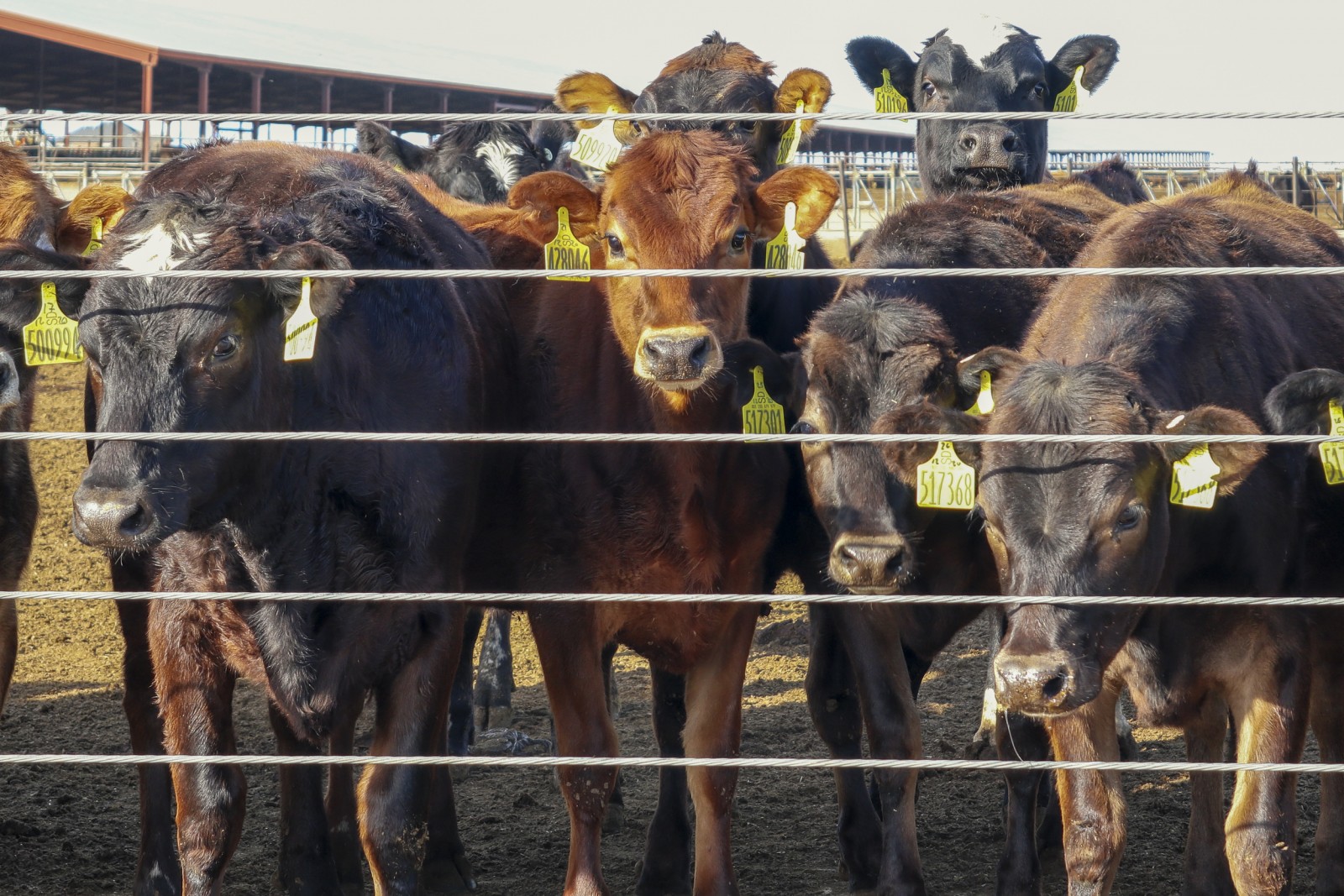
Some of the 120,000 animals at Riverview’s huge livestock facility in Cochise County, Arizona, one of the largest industrial-scale animal feeding operations in the Southwest. Photo by Keith Schneider / Circle of Blue
Promise and peril
Farmers have long known that flammable gases from piles of manure could be collected and burned. The promise and the peril of digesting manure to produce methane has been a simmering conversation in US animal agriculture since at least 1993, when the Clinton administration released a climate action plan and established a program called AgSTAR at the U.S. Environmental Protection Agency to promote its use. At the time, only a handful of farm-based biodigesters were in operation.
At that time, 19,431 farms in Michigan fed 3 million dairy cows, cattle, and hogs, and 5.4 million chickens, according to the 1992 U.S. Agriculture Census. A sizable number of dairy cows and cattle were still being raised on pastures where their manure was spread over large ground areas as they grazed. Hogs were fed in smaller feedlots.
In the 2002 Farm Bill, Congress encouraged farmers to consider livestock waste as a source of energy with a provision that made livestock and poultry farms eligible for $450,000 grants to build biodigesters. According to data from the E.P.A. from 2006 to 2008, Michigan dairy and swine operations installed 7 manure biodigesters.
Never, though, has the interest in biodigesters been as keen as now. The E.P.A. counted 343 farm-based digesters across the country at the start of 2023. The American Biogas Council, the industry’s Washington, D.C.-based trade group, estimates 8,600 more could be developed over the next two decades.
The biodigester bonanza is driven by two trends: First is the fact that over recent decades, the livestock and poultry sectors have grown larger, more concentrated, and have moved indoors. Roughly the same number of cows, cattle and hogs, and 19 million more chickens and turkeys are raised now on 3,000 fewer Michigan farms than in 1992. Managing manure has changed radically. Livestock wastes are liquified, stored in big lagoons, and spread on fields with subsurface drains that quickly direct liquids into streams, rivers, and groundwater.
The second trend is an expansion of state and federal incentives that started in 2011 when California established a program to replace fossil transportation fuels with cleaner renewable low carbon fuels, and deemed methane production from farm biodigesters eligible for public support.
The intent was to limit emissions of methane, a greenhouse gas 80 times more potent than carbon dioxide over a 20-year time period after it’s released. Agriculture was seen as a prime culprit because, according to the E.P.A., livestock is responsible for more methane in the atmosphere than any other industrial sector, including oil and gas drilling and refining.
California, nevertheless, sought to convert those emissions and process them into fuel for transportation and electricity. Between 2015 and the start of 2023, the California dairy sector received $214 million in state and $433 million in matching funds to build biodigesters on 131 farms, according to state data. California also developed a carbon credit trading system that makes methane production in biodigesters a lucrative source of revenue for farmers and digester developers.
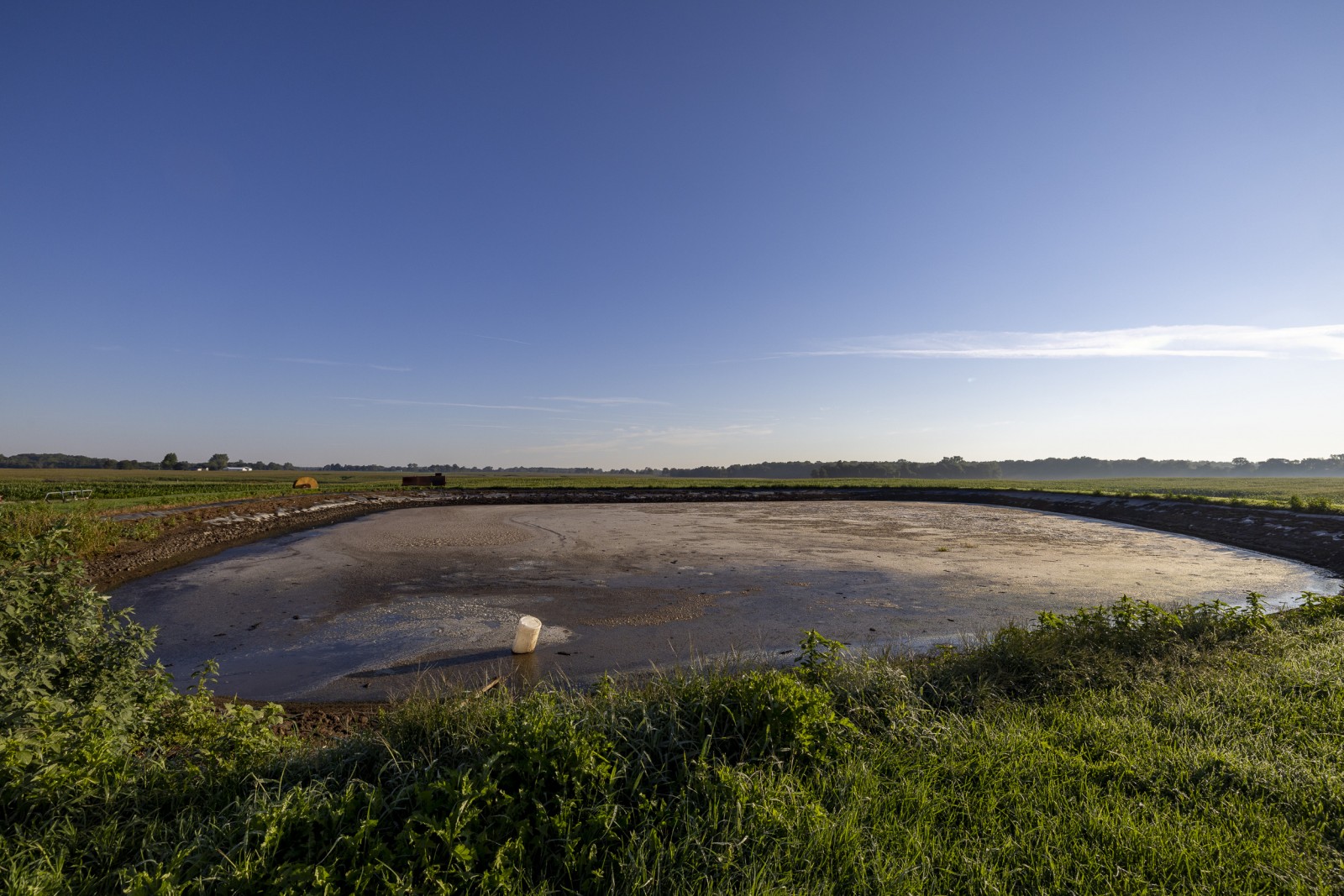
Manure from waste lagoons, like this one in southeast Michigan, slowly heat liquid feces and urine in an oxygen-deprived (anaerobic) broth to generate methane for transportation fuel. Photo © J. Carl Ganter/Circle of Blue
Turning Manure Into Money
A million BTUs (equal to 1 MMBTU) of methane digested from manure is currently worth about $60 in various low carbon tax credits, according to research by Aaron Smith, an agricultural and resource economist at the University of California at Davis. A typical waste storage lagoon filled with manure from 2,500 cows produces about 45,000 MMBTUs that generates $2.75 million in carbon credits.
Dairy farms outside California are eligible for the low carbon credits if they tie their methane into a common carrier pipeline. That prompted Chevron and Brightmark to develop 23 “circularity centers” to generate methane from dairy manure across the U.S. Five of them are in Michigan. “The oil industry’s entrance is really worrisome,” said Andrew deCoriolis, executive director of Farm Forward, a California-based group that opposes large livestock operations. “The size of the operations will follow the size of the new players. There’s a lot of new money coming in to finance the growth and consolidation of these operations, to scale them and make them more intensified. They’re going to get bigger.”
How much bigger? Green Meadow Farms in Elsie, Mich. milks 9,500 cows. The Sietsema Turkey Farm near Morley, Mich. raises 52,000 turkeys. In Wisconsin, according to a report by Michiganders For a Just Farming System, 15 dairies that operate manure biodigesters added 55,000 cows to their herds.
In other states, Smithfield, the nation’s largest hog producer, operates a feeding operation in Milford, Utah that raises 1 million pigs a year. North Dumas Farms in the Texas Panhandle feeds 72,500 cows. Riverview, a Minnesota-based milk producer, has an operation in Cochise County, Arizona that feeds 120,000 calves and heifers.
That’s a lot of manure and a lot of methane attracting a lot of money. And more is on the way.
Three years ago President Biden signed a global pledge to reduce airborne methane emissions 30 percent by 2030. In 2021 the White House produced a domestic methane reduction plan that focused on agricultural emissions. In 2022 President Biden signed the Inflation Reduction Act, which included $280 billion in clean energy tax breaks and other incentives to support clean fuels, reduce emissions from the transportation sector, and support clean rural electrification.
“With the new incentives that are coming into focus right now, as well as all the attention that anaerobic digestors are getting, this is going to take a sharp increase,” said Jake Dunton, who manages the E.P.A.’s AgSTAR program.
Yet even the Natural Resources Conservation Service (NRCS), a unit of the U.S. Department of Agriculture, is concerned about digestate. “Land application of digester effluent, compared with fresh manure, may have a higher risk for both ground and surface water quality problems,” according to the NRCS Federal Code for operating biodigesters. “Compounds such as nitrogen, phosphorus, and other elements become more soluble due to anaerobic digestion and therefore have higher potential to move with water.”
Those risks could be radically reduced if biodigesters on farms were regulated like digesters that operate at municipal waste water treatment plants. Regulated industrial facilities are tightly overseen by water pollution control laws. In Michigan, operators are required to direct the liquid portion of digestate back into the plant for treatment. Regulations are equally strict for spreading “biosolids” on land.
But digestate from the very same equipment installed on a Michigan farm does not receive nearly the same oversight. “All these incentives to produce methane from manure amounts to a pay-to-pollute scheme,” said Rebecca Wolf, senior food policy analyst at Food and Water Watch. “Developers are making money off pollution.”
Michigan, though, appears poised to try something very new for managing digestate. The Michigan Economic Development Corporation has committed $60 million to build a 17-mile long sewage pipeline to carry wastes from two big milk products plants and the city of Coopersville to the Muskegon County Resource Recovery Center, a waste water treatment plant. The pipeline is expected to be completed and opened in 2025.
Dave Johnson, the center’s director, said manure from two big dairy farms near Coopersville await treatment in one of Brightmark’s biodigesters at the Applegate Dairy in Ravenna. The two farms have signed commitment contracts to tap into the pipeline and transport 300,000 gallons of digestate daily from the Brightmark digester to the treatment plant at a cost of $1,000 a day.
In an email message, a Brightmark spokesman said the company “will not respond to any queries or make external comments about this topic.” Still, if Brightmark adheres to its commitment, the two dairies would set a new standard in Michigan, and a national precedent for safe digestate disposal.
Read the full series
 https://www.circleofblue.org/wp-content/uploads/2024/12/DSC01701.jpeg
1600
2400
Keith Schneider
https://www.circleofblue.org/wp-content/uploads/2018/06/Circle-of-Blue-Water-Speaks-600x139.png
Keith Schneider2024-12-19 15:53:152024-12-19 15:53:15Regulators Battle Oregon and Washington Farmers Over Limits to Farm Contamination
https://www.circleofblue.org/wp-content/uploads/2024/12/DSC01701.jpeg
1600
2400
Keith Schneider
https://www.circleofblue.org/wp-content/uploads/2018/06/Circle-of-Blue-Water-Speaks-600x139.png
Keith Schneider2024-12-19 15:53:152024-12-19 15:53:15Regulators Battle Oregon and Washington Farmers Over Limits to Farm Contamination
Huge Organic Farm In Iowa Thrives Without Chemicals

Amish Farmers’ Partnership With Beef Giant Produces Manure Mess

Michigan’s New Rules To Protect Water From Manure Attacked By Lawmakers
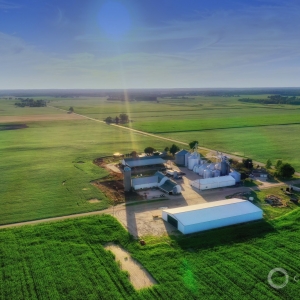
Environmental Groups Face Off With EPA to Control Manure Pollution

U.S. Movement to Limit CAFO Pollution Emboldened by Michigan Court Ruling

In Significant Decision For Michigan’s Waters, State Supreme Court Rules EGLE Has Authority To Do Its Job
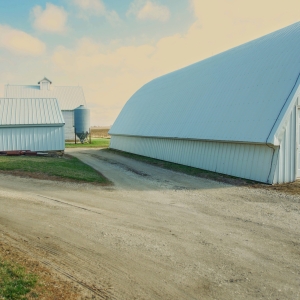
An Iowa Farm County Seeks Answers To Cancer Rate 50% Higher Than National Average
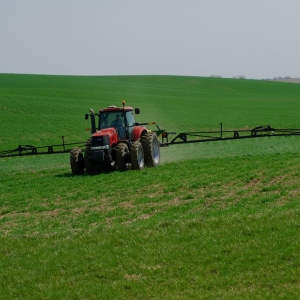
Despite $Billions Spent, Tide of Harmful Farm Pollutants Grows Ever Larger
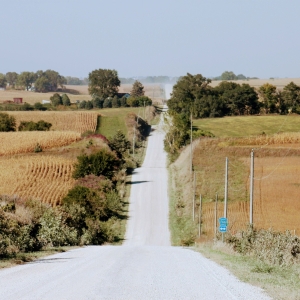
New Report Sparks Questions and Controversy Over Possible Causes for Iowa “Cancer Crisis”
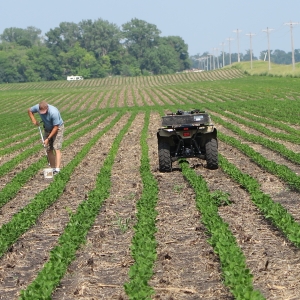 https://www.circleofblue.org/wp-content/uploads/2024/01/IMG_1223.jpg
1600
2398
Keith Schneider
https://www.circleofblue.org/wp-content/uploads/2018/06/Circle-of-Blue-Water-Speaks-600x139.png
Keith Schneider2024-01-31 15:57:382024-02-01 10:29:54Cancer-Related Disease and Deaths Spur Actions to Fight Farm Chemical Contamination in Corn Belt
https://www.circleofblue.org/wp-content/uploads/2024/01/IMG_1223.jpg
1600
2398
Keith Schneider
https://www.circleofblue.org/wp-content/uploads/2018/06/Circle-of-Blue-Water-Speaks-600x139.png
Keith Schneider2024-01-31 15:57:382024-02-01 10:29:54Cancer-Related Disease and Deaths Spur Actions to Fight Farm Chemical Contamination in Corn Belt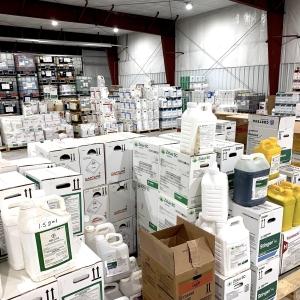
“We Can’t Sit Back” – Amid Polluted Water and Climbing Cancer Rates, Iowa Eyes Farm Chemicals
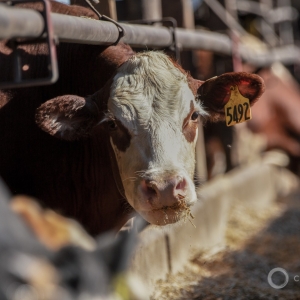
Push to Turn Farm Manure into Renewable Energy Draws Concerns
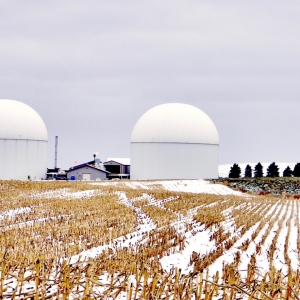
Will Energy From Manure Help or Harm Water Quality in Michigan?
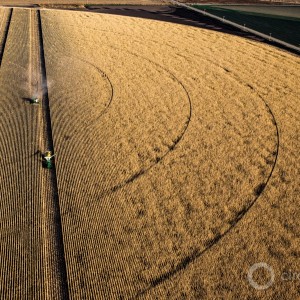
US Regulators Order Minnesota to Clean Up Nitrate Contaminated Water
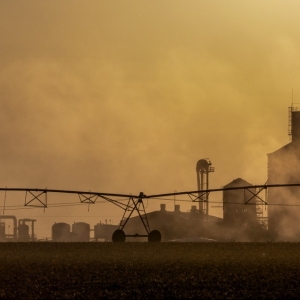
EPA Restarts Assessment of Health Risks from Nitrate in Water
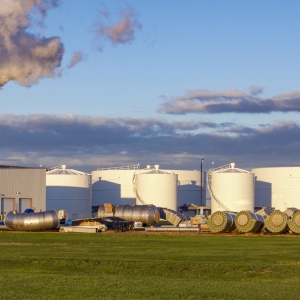
“What We’re Up Against” – North Dakota Towns Fight Farm Bureau to Keep Water Clean
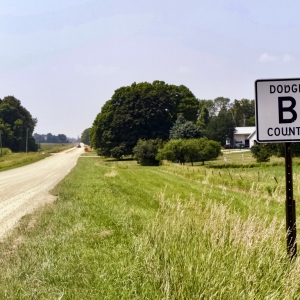
In Minnesota, Families Blame Farm Nutrient Contamination On Heavy Cancer Toll
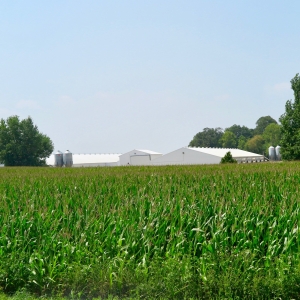
Offering Up Advice For Farmers, Universities Add To US Water Pollution

Minnesota Tribe Sets Enforceable Rules To Safeguard Wild Rice and Water Supply
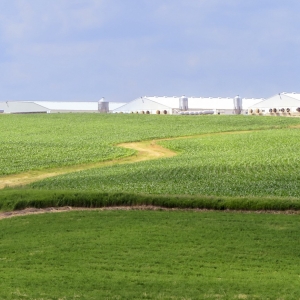
How Big Ag Pollutes America’s Waters and Makes Money Doing It
The Alicia Patterson Foundation and the Fund For Investigative Journalism awarded investigative reporting fellowships to support this project. Along with The New Lede, co-publishers include: The Guardian, Great Lakes Now, Michigan Radio, Investigate Midwest, and MinnPost.
Circle of Blue’s senior editor and chief correspondent based in Traverse City, Michigan. He has reported on the contest for energy, food, and water in the era of climate change from six continents. Contact
Keith Schneider
Related
© 2025 Circle of Blue – all rights reserved
Terms of Service | Privacy Policy





